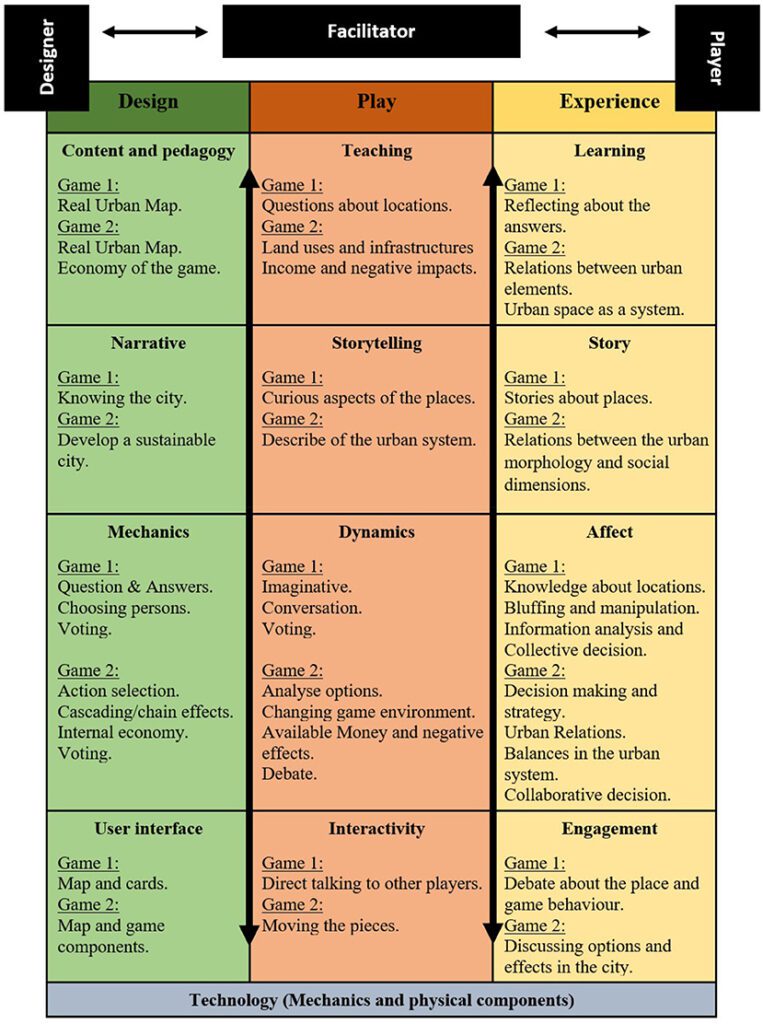Gameplay design is a crucial part of video game development. It refers to the way players interact with the game, from basic mechanics to more complex strategies. Great gameplay design requires careful consideration of several key elements, including challenge, flow, aesthetics, interactivity, and replayability. Developers must balance the game’s level of challenge, create an immersive atmosphere, design intuitive controls, consider the game’s replayability, and create a game that is visually and auditory appealing to players. All these elements are crucial in creating a successful video game that is both fun and engaging for players.
Gameplay in Focus: Designing for Fun and Engagement
The world of video games is constantly evolving and growing. One of the most important elements of a great game is its gameplay. Developers who pay close attention to the design of their gameplay can create games that are both fun and engaging for players. In this article, we will take an in-depth look at how gameplay is designed, and what factors can make a game successful.
Understanding Gameplay
Before we delve into the specifics of gameplay design, it’s important to define what gameplay actually is. In simple terms, gameplay refers to the way players interact with a game. This includes everything from the basic mechanics of the game (such as jumping and shooting), to the more complex strategies players can use to succeed (such as resource management and teamwork).
Good gameplay is not just about creating a game that is easy to play, but one that is also engaging and rewarding. In order to achieve this, developers must carefully consider the elements of their game that will make it fun and enjoyable to play.
The Key Elements of Gameplay Design
Developers need to consider several key elements when designing the gameplay of a video game. These include:
Challenge
One of the most important aspects of any game is its level of challenge. A game that is too easy will quickly become boring, while a game that is too difficult will be frustrating to play. Finding the right balance is crucial for creating a game that is challenging but still fun.
Developers can achieve this balance by carefully adjusting the difficulty curve of their game. This means gradually increasing the challenge as players progress through the game, while also providing enough opportunities for players to improve their skills and overcome obstacles.
Flow
Flow is the feeling of being completely absorbed in a game. Players should feel as if they are in the zone, completely immersed in the game world and focused on their task at hand.
Developers can create this feeling by designing levels and gameplay that are seamless and intuitive. Players should be able to navigate the game world with ease and without distraction. The game should also provide a clear sense of progression and accomplishment, so players feel motivated to keep playing.
Aesthetics
The visual and auditory elements of a game are also important for creating engaging gameplay. A game with appealing graphics, sound effects, and music can help draw players in and enhance their experience.
Developers should carefully consider the aesthetics of their game and how they can be used to create an immersive and engaging atmosphere. This includes everything from the color palette and lighting, to the way characters and objects move and interact in the game world.
Interactivity
The interactivity of a game refers to how players can control and manipulate the game world. This includes everything from basic controls (like movement and camera angles) to more complex actions like puzzle solving and combat.
Developers should create gameplay that is intuitive and easy to control, but still offers opportunities for creativity and experimentation. Players should feel as if they have some degree of control over how the game unfolds, rather than simply following a pre-determined path.
Replayability
Finally, developers must consider the replayability of their game. A game that can be completed in a few hours may be entertaining for a short time, but players will quickly lose interest if there is no reason to revisit it.
Developers can enhance the replayability of their game by including additional challenges, different game modes, or even user-generated content. This encourages players to come back to the game again and again, trying out new strategies and exploring new content.
Conclusion
In conclusion, gameplay design is a complex and essential part of creating a successful video game. Developers must consider a wide range of factors in order to create gameplay that is both fun and engaging for players.
By focusing on elements such as challenge, flow, aesthetics, interactivity, and replayability, developers can create games that players will enjoy and come back to time and time again. With a clear understanding of how gameplay works and how it can be improved, developers can create gaming experiences that are truly unforgettable.
